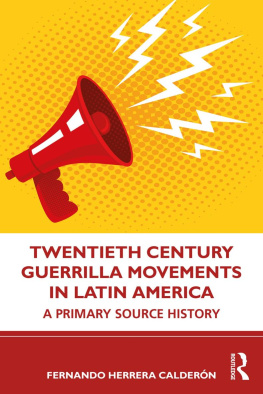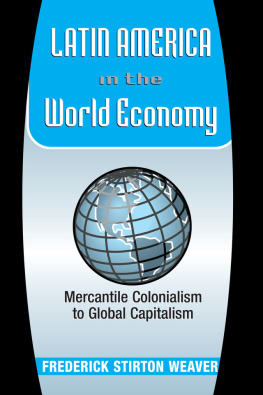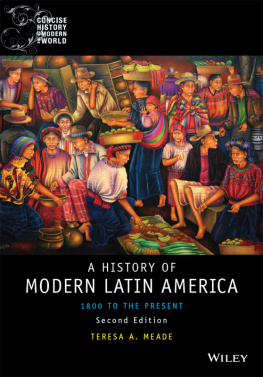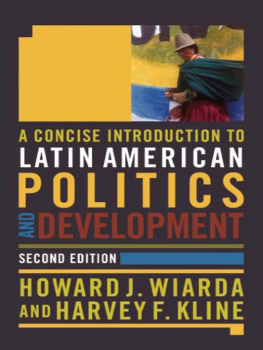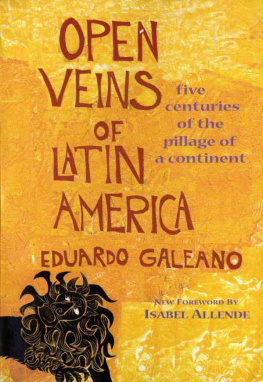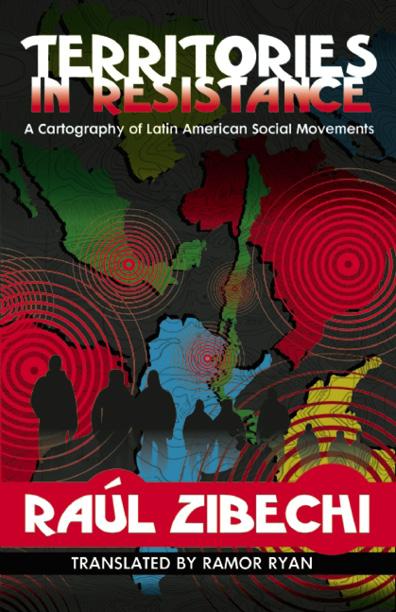Translators Acknowledgments
Ramor Ryan wishes to thank Chuck Morse who copy-edited the text, Charles Weigl for layout, and Ral Zibechi who offered assistance throughout. Additional gratitude goes to the following who helped during various stages of the processLuigi Carlos Calentano, Esteban Vliz Madina, Nancy Lucita Serrano, Alvaro Reyes, Dawn Paley, Don Toms de San Ramn, Cuitlhuac, Michael McCaughan, Tauno Biltsted, James Mary Davis, Ana Nogueira, Erez Gudes, Vikki Law, Eddie Yuen, Timo Russo, Zach Blue and Muireann de Barra.
Gracias compaer@s .
My work is dedicated to Ixim Dagge-Hernndez.
Foreword
Before Occupy Wall Street, there was La Victoria.
La Victoria, a shack settlement turned bustling, permanent neighborhood, was born when 1,200 families living in desperate poverty in Santiago de Chile took over an undeveloped sector of the city. The new residents of La Victoria erected houses and buildings without government permits, communally organized a security system, and within months, were running their own school. This year, La Victoria will turn fifty-five.
Ral Zibechi, a writer whose work on social movements is widely read in Spanish, suggests that La Victoria may have been the first mass organized land occupation in Latin America. In this new kind of movement, self-construction and self-determination take the place of demands and representation, writes Zibechi, reflecting on the occupation of La Victoria. This pressure from below transformed the course of social struggles and the cities.
The language Zibechi uses to describe the establishment of the encampment at La Victoria over fifty years ago finds echo in the words and practice of Indigenous sovereigntists, members of Frances Invisible Committee, and anti-authoritarian supporters of Occupy Wall Street. Throughout Territories in Resistance: A Cartography of Latin American Social Movements , readers will find a close and compelling resonance between the movements Zibechi describes and various struggles in North America.
There are, of course, many differences between Occupy Wall Street and urban movements south of the US-Mexico border. Unlike the long term occupation carried out in Santiago de Chile, Occupy Wall Street and similar encampments didnt make it through their first winter. But at the same time, the Occupy movement, which has its origins in crisis and is based in a firm rejection of the political and economic system, shares other important similarities with the movements documented by Zibechi.
Maybe, as in the case of La Victoria, the experience of Occupy will inspire new community-level urban movements in North America to stage and defend public occupations, transforming the course of social struggle. Or maybe not. The future of autonomous, grassroots struggles (including, but not limited to, Occupy) is contested. The aspirations of these struggles could be quelled by state enforced exploitation and repression on the one hand, or by the coercive power of the established left, linked to electoral politics and unions, on the other.
It is at this very juncture that the English translation of Ral Zibechis Territories in Resistance has arrived, and the timing couldnt be better. Honing in on enduring anti-authoritarian, anti-state, and anti-capitalist social movements in Latin America, Zibechi explores the successes of these struggles, and their challenges, which, he emphasizes, often come from unexpected quarters.
Lets go back to Chile for a moment, back to the hard scrabble settlement founded by women, men, and children determined to live with dignity. Over time, La Victoria evolved into a stronghold of resistance against the dictatorship of Augusto Pinochet. Eleven national protests against the regime were organized out of the neighborhood in 198384, and repression was fierce: at least seventy five protestors were killed, while thousands more were injured and jailed. The leaders were primarily young people who used barricades and bonfires to demarcate their territory and attack the closest symbols of order such as municipal buildings, traffic lights, etc, writes Zibechi. But despite the repression, there was no defeat; instead, it was this movement that forced the dictatorship to retreat.
It wasnt until the transition to democracy in 1990, writes Zibechi, that the movement began to wane.
Zibechi takes a fifty-year view on La Victoria and Chilean social movements, from which he draws three lessons: first, that communitarian movements cannot be defeated by repression, except by mass slaughter; second, these same movements can suffer defeat at the hands of the left, who can soften and fragment the movements, making them more amenable to the state; and third, that this kind of defeat requires the co-optation of key individuals or collectives within movements .
Though the circumstances are distinct, different versions of the same issues continually surface with regards to grassroots movements in North America, as anti-authoritarians are continually forced to calibrate their relationships with reformist groups, which are often well funded, media savvy, and purport to be allies. INCITE Women of Color Against Violences 2007 book The Revolution will Not be Funded is the seminal North American text on the mechanisms through which grassroots collectives and others are reined in using state and foundation funding. The non-profit industrial complex is a system of relationships between: the State (or local and federal governments), the owning classes, foundations and non-profit/NGO social service & social justice organizations that results in the surveillance, control, derailment, and everyday management of political movements, INCITE writes.
In North America, activists accepting foundation and government funding has become somewhat of a norm. One century after it began, corporate philanthropy is as much part of our lives as Coca Cola, writes Arundhati Roy in her recent essay Capitalism: A Ghost Story. Though Roy acknowledges that some NGOs do good, she points out that corporate or Foundation-endowed NGOs are global finances way of buying into resistance movements, literally like shareholders buy shares in companies, and then try to control them from within. They sit like nodes on the central nervous system, the pathways along which global finance flows. They work like transmitters, receivers, shock absorbers, alert to every impulse, careful never to annoy the governments of their host countries.
Territories in Resistance describes how social movements in Latin America have been impacted by U.S. style democratization and corporate/foundation funded co-optation, and examines how collectives and groups have responded in order to maintain their autonomy.
But Zibechi pushes beyond the notion of co-optation, bringing to light the mechanics of statecraft as practiced by left-governments of South America, which have developed increasingly sophisticated methods to control movements. He calls this the art of governing movements: This is not a form of governmentality constructed by the state and assumed by the movements, but actually a joint construction in shared space/time, writes Zibechi. To oversee this strategy, it is not necessary to co-opt individuals, which could even be counterproductive. There must be a will to construct it together. He traces the roots of this form of movement governance from within (and above) to the insertion of leftist activists into the state apparatus of countries including Uruguay, Argentina, Brazil, Ecuador, and Mexico in the 1990s.


